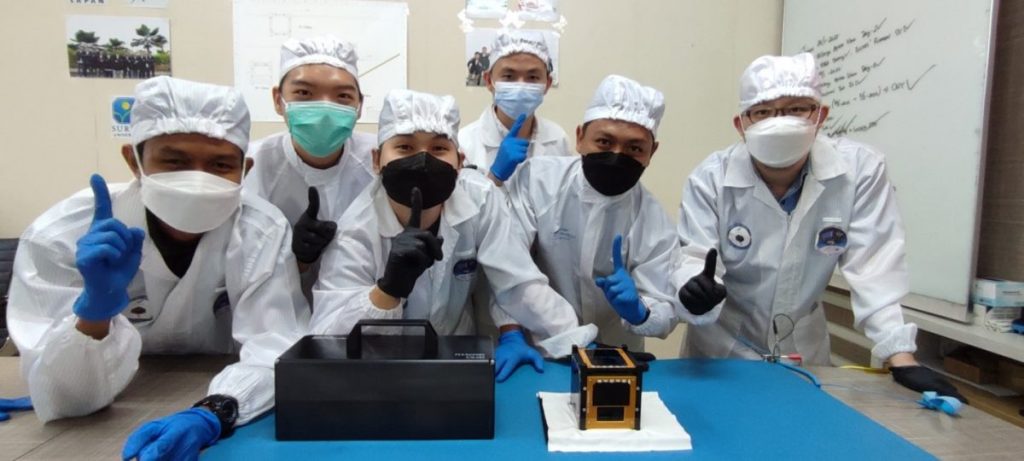Indonesia’s disaster mitigation satellite to be launched from Japan in Oct. 2022

“This technology can be developed for disaster mitigation, remote monitoring, and emergency communications.”
Jakarta (Indonesia Window) – Surya Satellite-1 (SS-1) developed by Surya University in Serpong, Banten province, with expert support and supervision from the Satellite Technology Research Center at the National Research and Innovation Agency (BRIN), will be launched from Japan in October 2022.
“SS-1 is the starting point to build confidence that Indonesia is capable, so that other satellites would come,” the Head of the BRIN Aeronautics and Space Research Organization (ORPA), Robertus Heru Triharjanto, said in a statement published on the BRIN website on Monday.
Meanwhile, the release of the SS-1 satellite from the International Space Station (ISS) is expected to be carried out in November 2022. The satellite will be launched using one of two space cargo options, namely the SpaceX Dragon or Cygnus NG18 rocket.
Surya Satellite-1 will be delivered to the Japan Aerospace Exploration Agency (JAXA) in Tsukuba, Japan on June 29, 2022.
SS-1 has gone through the final stages, namely assembly, integration, and test. The SS-1 team will carry the satellite via air flight from Indonesia to Japan.
Surya Satellite-1 is expected to provide impetus for the development of satellites in Indonesian universities as well as to demonstrate the capabilities of Indonesian human resources in the field of space technology.
In the future, nano and micro satellites are expected to be developed not only by BRIN, but also by universities, startup companies and the private sector.
The SS-1 development project began in 2016, starting with a Ground Station Workshop with ORARI (Indonesian Radio Amateur Organization). The satellite model mockup was completed in 2018 with an amateur communications mission.

SS-1 team member Hery Steven Mindarno said SS-1 is a nano satellite or cubesat, with an automatic packet reporting system mission that functions as a communication medium via satellite in the form of short text.
“This technology can be developed for disaster mitigation, remote monitoring, and emergency communications,” he explained.
In Japan, the satellite will be inspected and integrated with the launcher. SS-1 must go through a process of receiving procedures to ensure the satellite arrives safely and does not encounter any problems during the delivery process.
SS-1 will also go through a satellite installation procedure on the JEM Small Satellite Orbital Deployer (JSSOD). JSSOD is a launch module that will be used by the International Space Station for the process of releasing satellites into orbit.
“Until the time of launch, the satellite must be ensured that it is stored in a clean condition, not lit, and stored in a clean room so that it can function properly,” Hery Steven said.
Reporting by Indonesia Window

.jpg)








